The social media engagement is a concept that is used very often, but not always well. Knowing what it is and how to measure it can help us to understand how our strategy is doing and, incidentally, to defining our business objectives in social.
Fortunately, the times are long gone when the social media influence was measured exclusively in the number of followers. When the buying followers makes it easy to artificially fatten followers, it is important to use other metrics.
Engagement in English means commitment and basically measures a follower's engagement with the account they follow. It is a numerical measure which, as we will see, is not always positive.
Even so, it is the quantitative meter most effective way to ensure that a social media strategy is working. Improving engagement will mean that we are more relevant to our audience.
That what we do matters, whether positively or negatively. It is said that it is better to be bad-mouthed than not to be talked about at all, and engagement will measure whether they talk to you. To find out what they are saying, you will have to use other KPIs qualitative.
Therefore, the first thing to bear in mind when talking about engagement is that it is not a definitive measure. It is important and will give us a clear perspective, but before making decisions we need to look a little deeper.
Not doing so and giving the pure number may be useful for the presentation to your boss or client, but it may hide more than one trap.
What is social media engagement?

I always like to start by defining the concept we are going to develop. The social media engagement is a numerical indicator that shows the average engagement of followers with an account taking into account interactions.
Depending on the type of social network, the aspects that are taken into account may vary slightly but we are talking about followers, comments, shares, mentions, reactions and likes.
Likewise, there is no established consensus on how to make the account. We can measure it by hand or by means of tools. The latter option is the most logical, as otherwise we will have to count comments, reactions, etc... and if we have an account with a high volume it can be quite laborious.
Although There are meters that simply add up all interactions. and then divide by the number of followersIn the case of comments and shares, it is most common for them to have a double or even triple value (the most advisable) with respect to likes and reactions.
It is simple to understand. It is more work/more engagement for the follower to write a comment or share a post than to simply like it, so this should be reflected in the way you measure.
But let's look at how to measure engagement on social media.
How to measure engagement?

The first formula that began to be used to measure engagement was the sum of interactions of all types divided by number of followers. For example, if we have 755 likes, 35 shares in stories and 32 comments on an Instagram post, we will have a total of 822 interactions. If we have 3000 followers, this gives us an engagement of 0.27.
If we use a more advanced formula and give a triple value to comments and shares, then the count would give us 956 interactions and the engagement would be 0.31.
In that sense, the important thing is to choose a formula to always follow. In this way we can have the historical and check the evolutionWe can see if we are improving or if our data is getting worse.
As I said, the most convenient way is to measure engagement automatically. I'm going to leave you with a list of tools that do it for you.
Tools to measure engagement
With the following tools you can measure the social media engagement:
HootsuiteIn Hootsuite you have different KPIs to measure engagement. In the Hootsuite blog have made a compilation of all the KPIs we can use and their different formulas.
HowSociableIn this case, we will be able to put all our social networks (up to twelve) and it will give a total score, which can be understood as an engagement meter.
PhlanxIt allows you to measure engagement on Instagram, Twitter, Twitch, YouTube, Facebook and TikTok (with a version for Discord on the way). It is the most interesting for influencer marketing but it is not at all cheap although it has a free trial.
TwitonomyTwitter analytics tool par excellence and it also has an engagement meter, although only for this social network.
Sprout Social: Focused on Facebook and Instagram, it allows you to discover engagement, as well as other interesting metrics. A free trial is also available.
KompyteThis is an advanced analytics software, mainly focused on competitor analysis but allowing you to monitor your own KPIs.
KlearFocused on Twitter, Facebook and Instagram, it also has the main value of measuring influencer engagement for marketing campaigns.
When and why measure social media engagement?

The next question you may be asking yourself is at what point is it necessary to measure the social media engagement. I would say that as long as you are following a social media strategy with their corresponding SMART objectives.
The engagement can be a good indicator to show you if you are getting closer to your community. Another KPI that can help you is the monitoring of mentions For which there are also many tools.
What you need to keep in mind is that measuring engagement only makes sense if there is an objective behind it.
The social media engagement is also a key indicator for select influencers for your promotional campaigns of products or services. In the end, followers are not as important as the engagement they have with the accounts they follow.
This is why, in recent years, it has become so fashionable to microinfluencers. At a time when trust in the big ones is not so high, because they have often become a direct advertising account, use microinfluencers allows you to influence your target audience much more effectively and in a much more cost-effective way.
In short, first of all, measuring engagement will allow you to check whether your strategy in networks (either as a brand or your personal profile) is improving and reaching predetermined objectives.
Finally, it will show you those profiles you are most interested in collaborating with, avoiding investing in accounts with large numbers but which are not going to give you the feedback in the form of comments, followers or sales that you are expecting.
Don't lose sight of your target

One very important thing to keep in mind if you are going to work on engagement is that it cannot be your only way of engaging. performance meter. Engagement on social media only makes sense if that engagement is from the right people.
For example, if we sell women's lingerie, it doesn't make much commercial sense to run an influencer campaign with a Rafael Nadalbut we would have it if we did it with Georgina or with Naomi Campbell.
Therefore, beyond engagement data, we have to see if we are targeting the right people. And this has to be done when working with influencers but also for our own social networks.
This, of course, also involves some preliminary work. In the social media strategy We have to specify our target audience and try to reach them and get their commitment. Otherwise, our efforts will not be rewarded.
Have a look at the comments

Engagement does not take into account whether comments or reactions are positive or negative.. An account can go viral on Twitter for having said something outrageous and will have excellent engagement because it will probably have a very high level of citations and comments.
If we work with such an account, we are very likely to suffer an online cancellation leading to a reputation crisis.
Good figures are not enoughWe have to see what they are due to and whether the messages conveyed by the profile are in tune with what we want to express as a company. This is very important when we talk about our own corporate profile, but also for our influencer or micro-influencer campaigns.
It is important that they are aligned with what we want to express as a company. In fact, it is always advisable to add clauses to collaboration contracts.
To give a current example, it is quite normal that we do not want our company to be associated with the anti-vaccine or terraplanist movement. In this sense, we can sign a contract that prevents the influencer from continuing the collaboration if he or she makes statements of this type.
In fact, there are medium-sized influencers who have realised that agencies are only looking at the engagement figures and engage in sharing highly controversial content on a regular basis to boost their numbers. If we don't want to spoil the investment, it is important to review the messages and clarify which issues are incompatible with our company philosophy.
In short, the social media engagement is a very useful indicator, but like any quantitative indicator it is useless if we do not have a qualitative approach. In this way, we can check if we are meeting our objectives in networks and if the engagement of the audience is positive and appropriate to what we want to transmit and to the people we want to reach.





